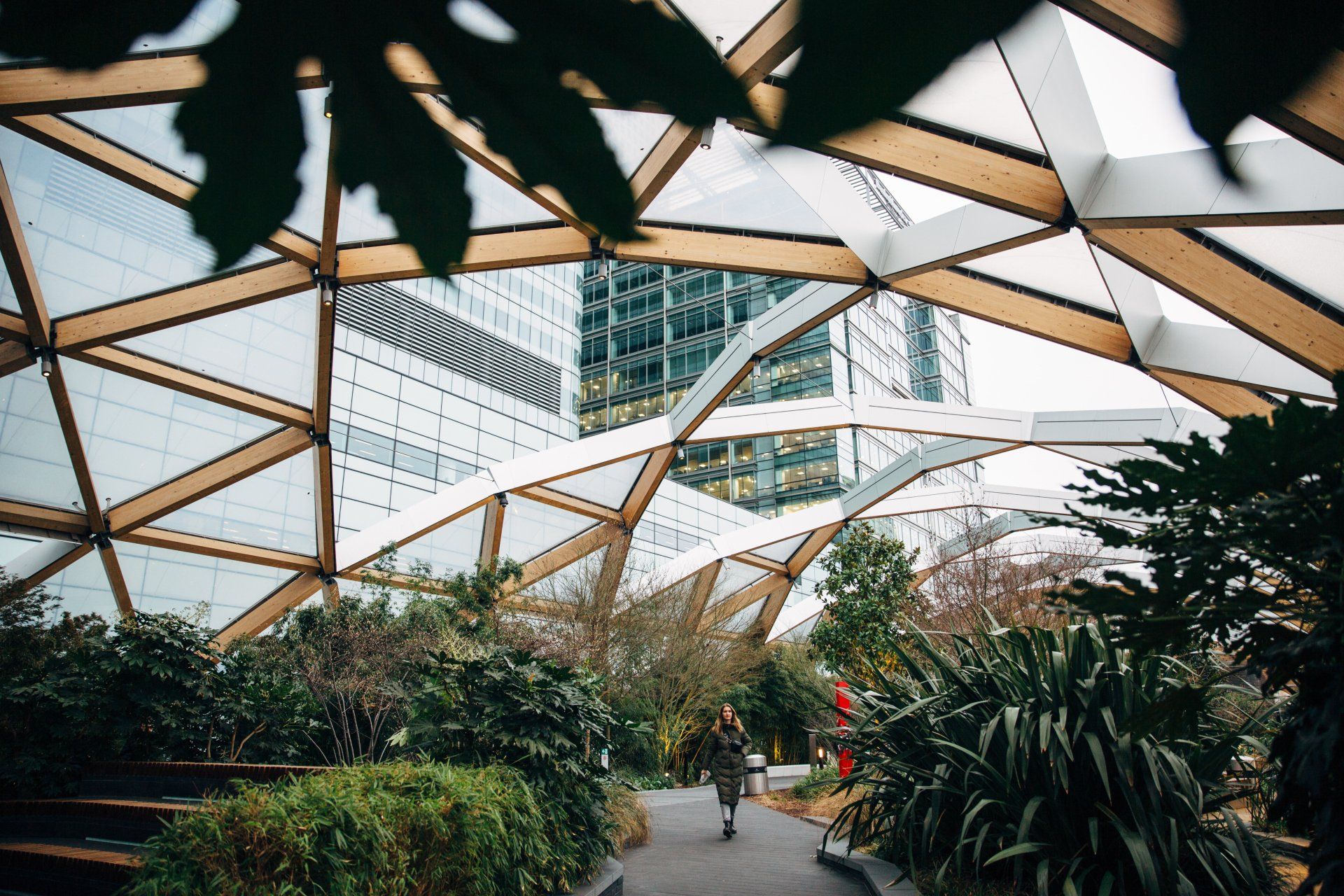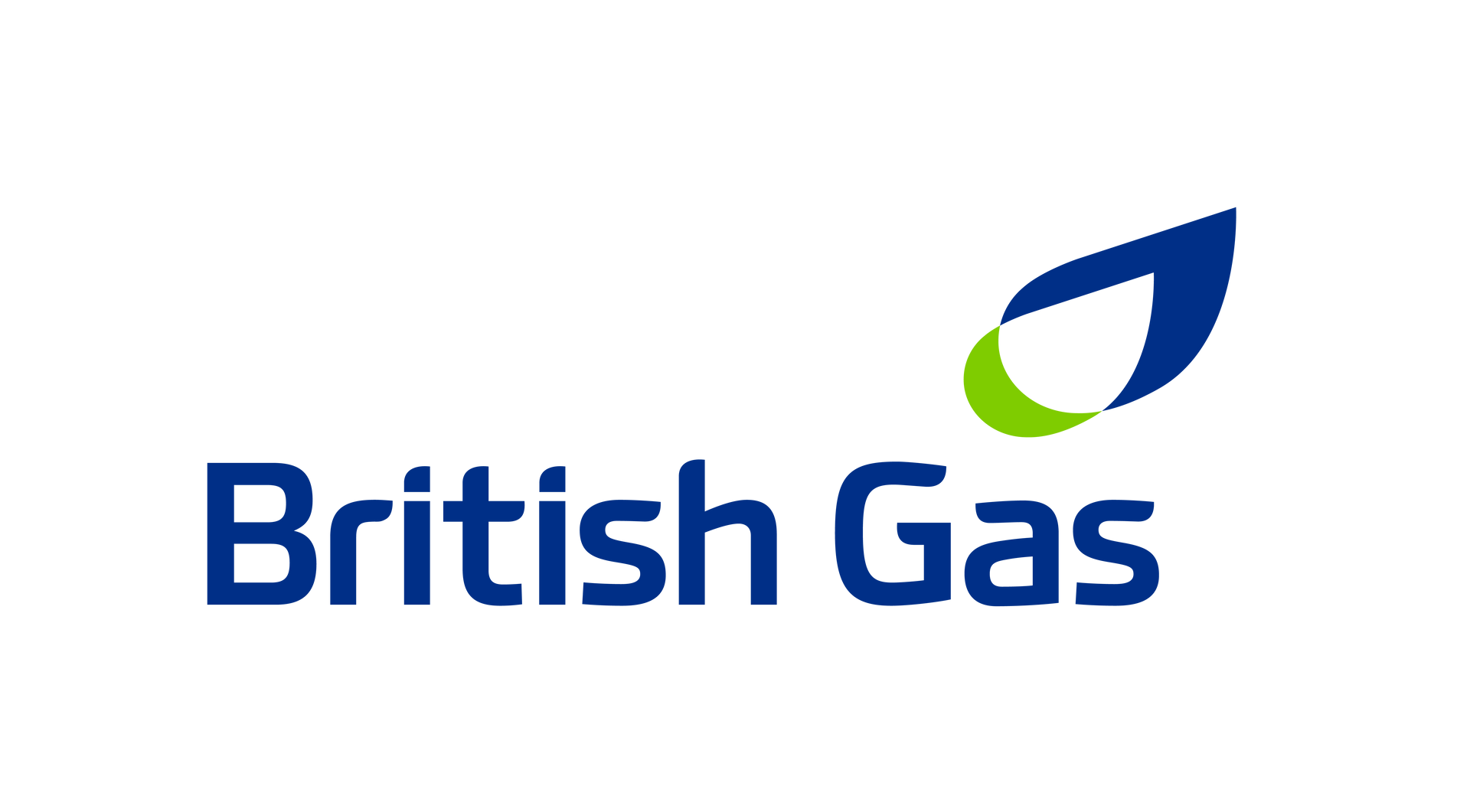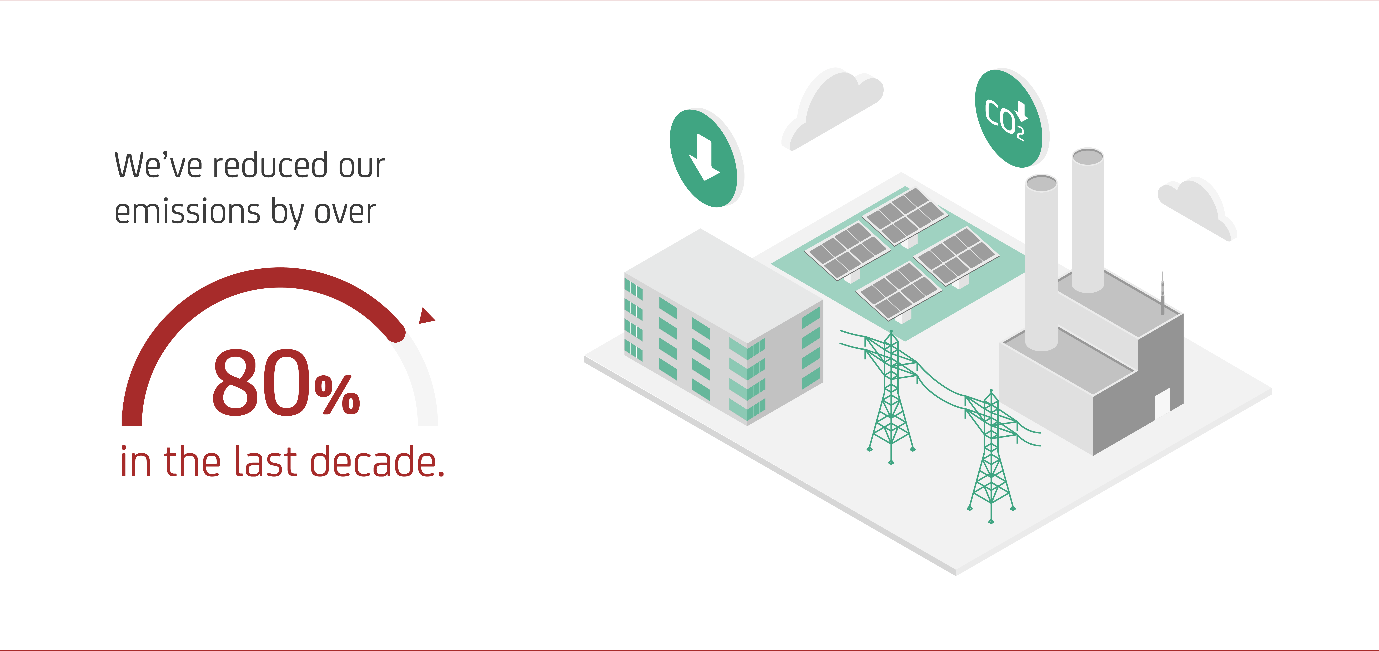As the United Nation’s COP26 event begins, we share our plan to be a net zero business by 2045, and to inspire other businesses and our customers along the way.
Climate change is one of the greatest challenges facing the world today. Extreme weather, floods, and wildfires hit the headlines daily. Our communities, wildlife and natural resources are at risk, and will continue to be until we do more to prevent it.
Net zero is about achieving a balance between the human-related greenhouse gases we put into the atmosphere and those that we take out. It requires everyone to reduce their greenhouse gas emissions as much as possible by changing the way we live, work and move. Science shows that we need to achieve net zero by 2050 to
limit global warming to 1.5°C, and avoid the worst impacts of climate change.
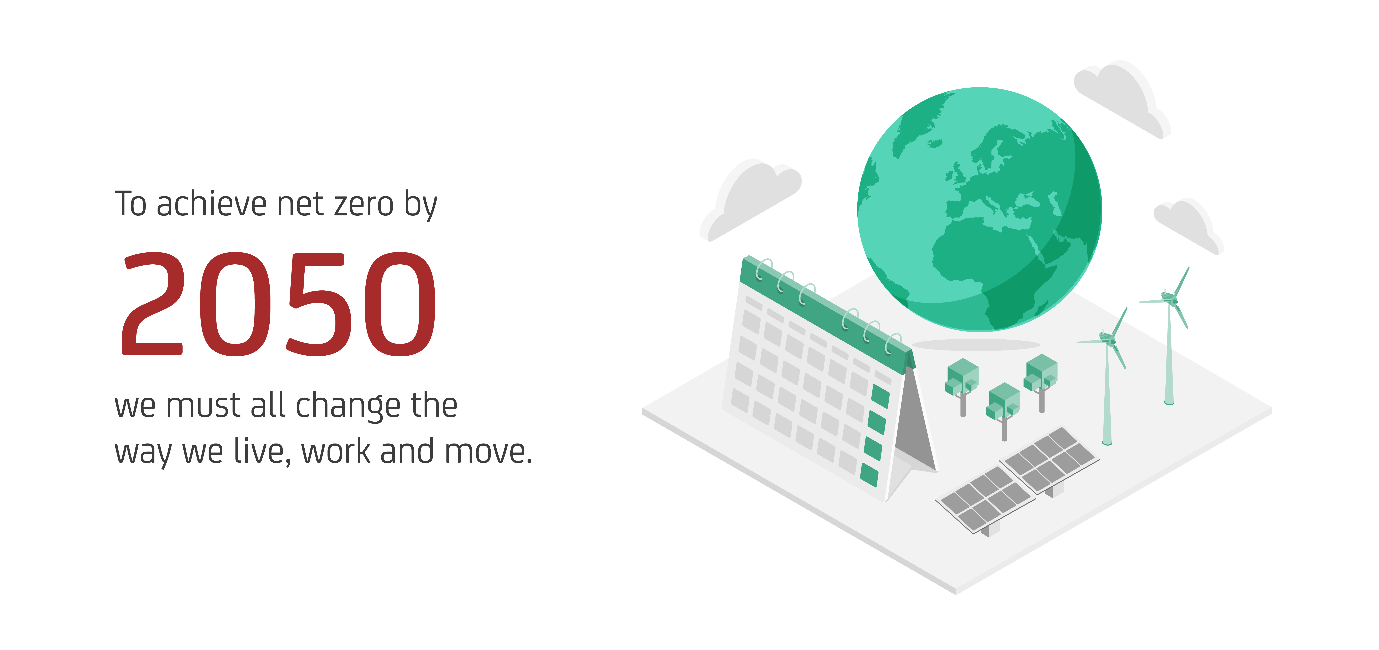
Seizing opportunities
At Centrica Business Solutions, we’ll continue to listen to the science and do what we can to decarbonise power, heat and transport. That’s why our strategy and purpose are now rooted in providing a one-stop-shop for energy services that’ll help our customers decarbonise, create value, and improve their energy resilience.
Getting to net zero is complex, and like everyone else, we don’t have all the answers yet. However, just as we’ve done for the last 200 years, we’ll continue to evolve and seize the opportunities the energy transition offers to ensure a fair transition for everyone.
With the UN
Climate Change Conference of the Parties (COP26) event getting underway, we want to outline the steps we’re taking to achieve net zero targets and become a more sustainable business. By demonstrating our commitment to tackling climate change, we hope to inspire action from other companies and individuals, because we’re all in this together.
Our People & Planet Plan
Mitigating climate change requires a fundamental shift in the energy system. To accelerate our own progress towards becoming a net zero business by 2045, we launched our People & Planet Plan 2021.
We’ve given ourselves an interim target of reducing our total carbon emissions by 40% by 2034. In 2020, we made good strides towards this goal by cutting our total carbon emissions by 18%. Whilst much of this reduction was a result of reduced activity during lockdown, we were still able to progress carbon saving initiatives, such as placing the
UK’s largest order of electric vans.
In line with the recommendations of the
Task Force on Climate-Related Disorders (TCFD), we continue to enhance our analysis of the risks and opportunities decarbonisation presents to our business. We’ve also been looking at the potential changes it’ll have on demand for goods and services for our customers.
Decentralising power generation
In recent years, our strategy to reposition our business and become more customer-focused has significantly reduced our involvement and investment in fossil fuels. We’ve closed, or divested, the majority of our carbon intensive energy assets and businesses, which has enabled us to provide low-carbon services for customers. Consequently, we don’t consider ourselves to be an electric utility or an oil & gas company. We align with Centrica’s broader position in the marketplace as a leading energy services and solutions company that’s focused on helping our customers live sustainably, simply, and affordably
We’ve made significant progress towards our wider internal carbon footprint. By the end of 2019, we’d cut emissions from our property, fleet and travel by 39%, against our 35% reduction target over the 2015-2025 period.
Currently, our entire value chain emissions represent around 28mtCO2e (tonnes of carbon dioxide equivalent) per year. We’ve reduced the emissions related to running our business by over 80% in the last decade. This reduction has largely been achieved by our strategic decision to move away from centralised power generation and through gas and oil exploration and production.
Most of our emissions now related to our customers’ use of the gas and electricity we supply to them. In our next blog, we’ll explore the steps that we’re taking to help them decarbonise, too.
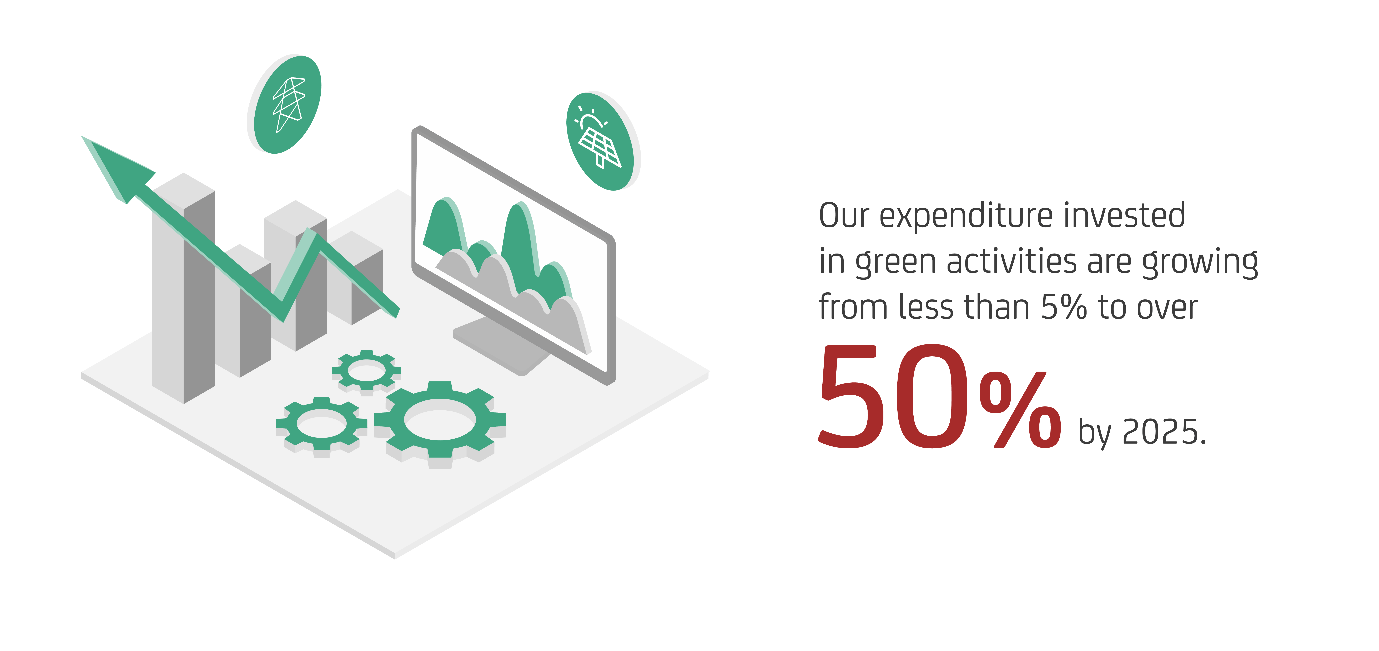
Towards a low-carbon future
Through strategic planning, we’re confident that we’re now well placed to respond to the risks and opportunities of a lower carbon future. The choices and actions we outline in our plan would see a portion of our capital expenditure invested in eligible green activities. Our expenditure would grow from less than 5% to over 50% by 2025.
In raising awareness of the necessity for change and the many benefits it can bring, we intend to lead by example by driving emissions out of our business with operational efficiencies and strategic transformation.
We’ll also work to provide our customers with the low-carbon energy system they need by investing in a
900MW portfolio of solar and battery storage assets over the next five years and exploring opportunities to repurpose our existing energy assets.
Supporting the United Nations’ Race to Zero campaign
We welcome the latest assessments from the Intergovernmental Panel on Climate Change (IPCC), which has led to the increased adoption of science-based carbon reduction targets.
We’ve based our own goals on this science, as well as the data we’ve gathered from our existing portfolio, our understanding of the energy sector, and our customers. To ensure we remain in-line with best practice, we’ve joined the UN’s Race to Zero campaign to have our carbon targets validated by the Science Based Target initiative (SBTi).
Most of our targets will be delivered through carbon abatement rather than offsetting, and we anticipate having to remove residual emissions throughout the 2040s. We intend to use our in-house carbon trading team to head-up carbon removal projects like tree planting to capture carbon and achieve net zero emissions in a credible way.
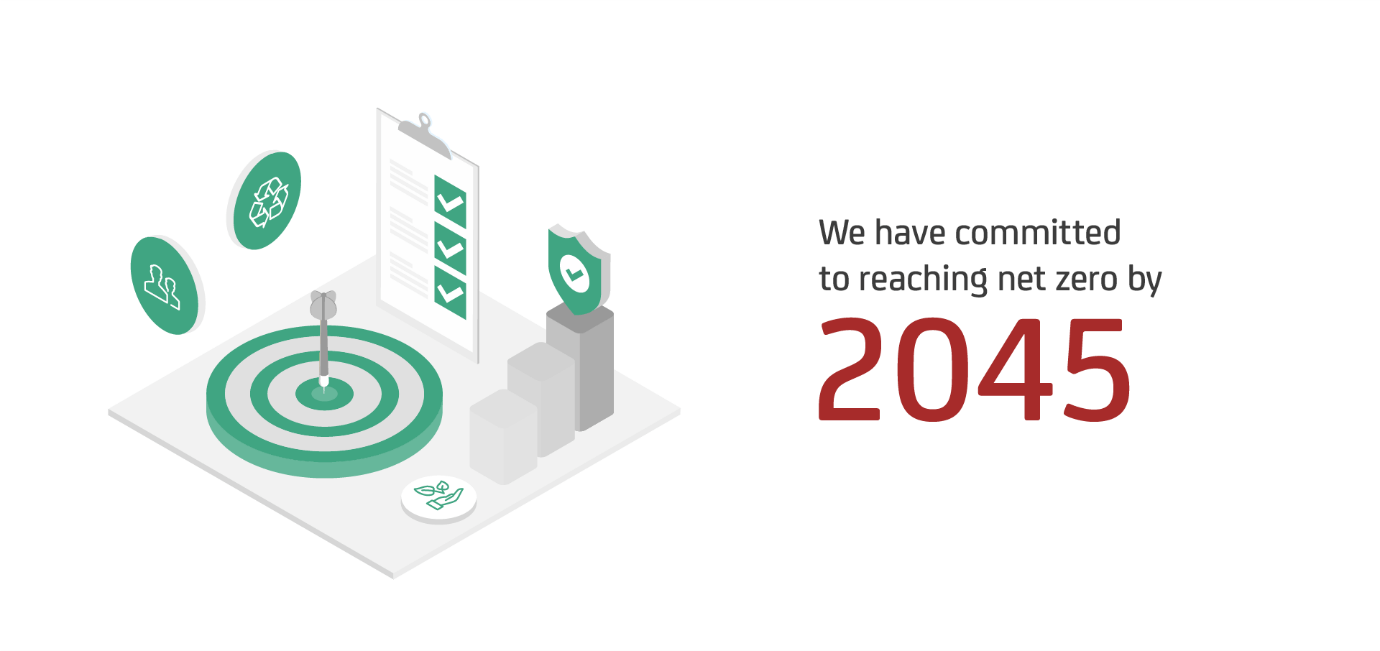
A net zero business by 2045
While the ultimate goal is achieving net zero, we’ve set both long-term and interim targets to ensure we progress at a sufficient pace. We have most control over our own business emissions, and we’ve targeted to reduce them on an absolute basis, delivering a 40% reduction by 2034 and achieving net zero by 2045.
In working towards these goals, we’ll engage our supply chain to ensure suppliers and partners adopt practices that are aligned with our values. We want to reduce emissions in other less material areas of our business such as business travel, employee commuting and waste reduction.
The next decade is critical, and we’ve no choice but to accelerate action to limit global warming. As we emerge from COVID-19, we have a big opportunity, as well as a responsibility, to reshape our future to one that’s fairer, inclusive and more sustainable.
Read our full carbon transition plan
For insights into how to become a sustainable business, download our new report, Why wait to pursue net zero?

